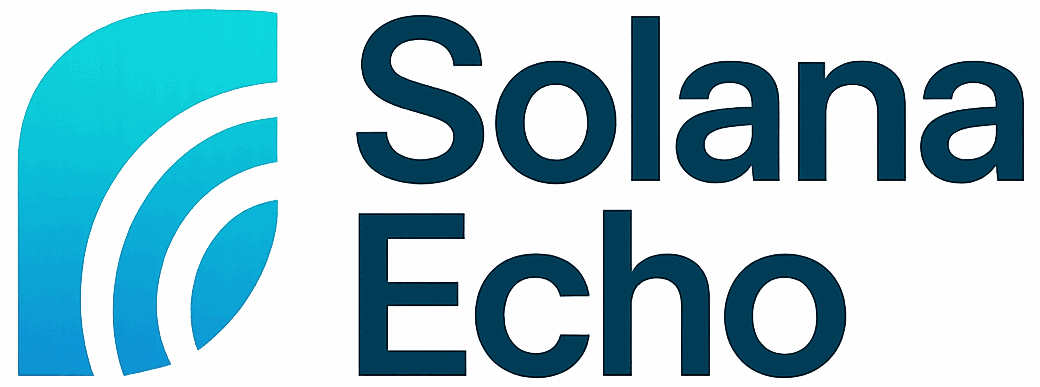
Solana’s developer landscape is in the midst of a technical renaissance, and the catalyst is paginated RPC queries. For years, working with large datasets on Solana meant wrestling with timeouts, overloaded endpoints, and sluggish interfaces. Now, with pagination built directly into core RPC methods like getProgramAccountsV2, developers are finally able to query the blockchain at scale, without melting their apps or burning through infrastructure credits.

Why Pagination Matters in 2025’s Solana Ecosystem
The explosion of DeFi protocols, NFT platforms, and high-frequency trading bots has transformed Solana into a data-rich environment. Applications routinely need to sift through thousands, or even millions, of accounts tied to a single program. The old approach? Fetch everything at once and hope your node doesn’t choke. The new approach? Break it down using paginated RPC queries for fast, predictable results.
This shift isn’t just about performance; it’s about developer sanity. Instead of wrestling with arbitrary limits or hacking together custom memcmp filters, you can now request exactly what you need, when you need it. The result: faster UX for users and dramatically lower infrastructure costs for builders.
How Paginated RPC Queries Work Under the Hood
Let’s get technical. Pagination on Solana typically leverages two key strategies:
- Data slicing: Use
dataSlice: { offset: 0, length: 0 }in getProgramAccounts to fetch just account keys, no heavy data payloads. - Paged retrieval: Once you have your keys, pull detailed account info in batches using
getMultipleAccountsInfo. This two-step process lets you page through results efficiently.
The latest upgrades, like configurable pagination support in getProgramAccountsV2, add even more control. You can specify page size and start cursors for deterministic navigation across massive datasets.
The Real-World Impact: Speed, Savings, and Scalability
If you’re building on Solana in 2025, these improvements aren’t just nice-to-haves, they’re table stakes. Here’s why:
- No more timeouts: Even massive DeFi vaults or NFT collections load instantly by fetching data page-by-page.
- Dramatic cost reduction: Smaller payloads mean less bandwidth usage and lower RPC provider bills.
- Smoother UX: Users see results faster because frontends can render partial data while subsequent pages load asynchronously.
This is especially critical for teams scaling past MVP stage. As your user base grows, and your dataset balloons, paginated queries keep both performance and costs under control.
Pushing the Limits with Advanced Pagination Patterns
The real magic happens when devs combine cursor-based pagination with advanced filtering (like memcmp), sorting (by lamports or creation date), and chunked parallel requests. Suddenly you’re not just surviving big datasets, you’re exploiting them for real-time analytics, leaderboard updates, or high-frequency trading signals without missing a beat.
Cursor-based pagination is the killer feature for Solana’s next-gen apps. Instead of clunky offset/limit patterns, cursor pagination lets you bookmark your place in massive account lists, fetch the next chunk with a single call, and never re-fetch redundant data. This is a game-changer for high-throughput dApps, think decentralized exchanges that need to stream thousands of orderbook updates per second or NFT marketplaces surfacing real-time listings without lag.
Key Benefits of Solana RPC Pagination
-

Efficient Data Retrieval: Pagination enables developers to fetch large datasets in small, manageable chunks, reducing network load and preventing timeouts. This results in faster, more reliable access to on-chain data.
-

Optimized RPC Calls: By limiting the amount of data returned in each call, paginated queries minimize bandwidth usage and server strain, leading to improved application performance and lower infrastructure costs.
-

Enhanced Developer Tools: Solana’s JSON RPC API and methods like getProgramAccountsV2 support pagination, giving developers greater flexibility and control when building scalable applications.
-

Improved User Experience: Applications can load data incrementally, providing users with faster load times and smoother navigation, especially when dealing with extensive account or transaction histories.
-

Scalability for Large Datasets: Pagination allows applications to handle massive on-chain datasets without overloading the client or backend, making it essential for analytics, explorers, and DeFi dashboards.
But don’t just take my word for it. The shift is being echoed by devs across the ecosystem:
2025 Developer Tools: Pagination Is Now Core
Solana’s open-source tooling has rapidly caught up. Libraries like Helius and Syndica offer drop-in support for paginated queries and even abstract away much of the cursor management. Meanwhile, the official Solana Cookbook now features detailed guides on best practices for paging, filtering, and ordering accounts efficiently.
The result? Teams can ship faster, scale painlessly, and focus on product, not plumbing. No more reinventing the wheel every time you need to paginate an NFT gallery or leaderboard.
Visual Diffs: Before vs After Pagination
Let’s make it concrete. Here’s what you’d see in practice:
- Before: Loading a 100k and account collection would freeze dashboards or even crash nodes during peak hours.
- After: The same query streams live data in sub-second chunks, no more spinning loaders or frustrated users.
This isn’t theoretical, the difference is visible in every major Solana explorer and analytics dashboard today.

How to Get Started with Paginated RPC Queries
If you’re new to these patterns, start by exploring getProgramAccountsV2. Set up your page size (try 500, 1,000 records per page), use cursors to navigate result sets, and combine with filters for granular control. For most use cases, NFT metadata browsing, DeFi vault stats, DAO member lists, this approach will slash your infrastructure costs while delivering a snappier UX.
If you want even more out of your stack, experiment with parallelized fetches using multiple cursors or combine paginated queries with real-time WebSocket subscriptions for hybrid live data feeds. The ceiling keeps rising as the ecosystem matures.
The Bottom Line: Code the Edge, Trade the Edge
The future of Solana development is modular, scalable, and paginated by default. With tools like advanced RPC optimizations, devs can focus on shipping features that matter instead of fighting infrastructure bottlenecks. Whether you’re building an AMM or an NFT social network, efficient data retrieval isn’t just nice-to-have, it’s your competitive edge in 2025’s hyper-scaled Solana ecosystem.













